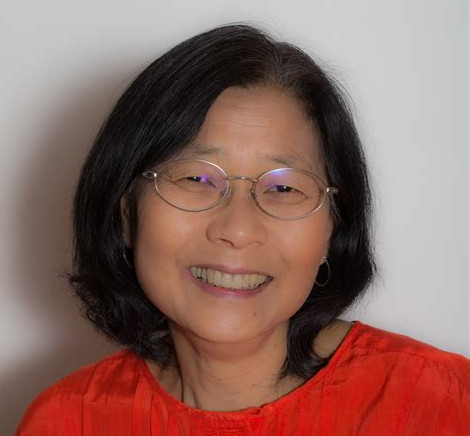
Dr Anita Chan kindly agreed to speak to us on “Hong Kong’s New Trade Union Movement”. Anita is an active member of the Vintage Reds. She is a labour sociologist and a visiting fellow at the ANU.
photo: Bell School, Australian National University
We include here a summary of Anita’s published article by the same title, as provided by the journal International Union Rights, no.4, vol.27, 2020.
FOCUS | TRADE UNION RIGHTS IN ASIA
Hong Kong’s New Trade Union Movement
For a whole year from mid-2019 to mid-2020, Hong Kong was rocked by mass demonstrations and street violence.
At its height, two million out of Hong Kong’s population of seven million marched in a huge demonstration against a proposed extradition bill. The international press heavily covered the mass protests; but what the press has not covered is the birth of a new trade union movement from within this political and social movement.
The protests, and the new unions, were led by a generation born a few years before and after 1997, the year when China gained sovereignty over Hong Kong, a British colony for 150 years. Hong Kong was to be governed by a constitution known as the Basic Law, which guaranteed that for the next fifty years Hong Kong’s neoliberal capitalist system and civil liberties would not be tampered with by China’s authoritarian regime.
It did not turn out this way. In the past two decades China gradually began to intervene in Hong Kong politically, instigating increasing resistance from the Hong Kong populace in the form of mass rallies. This led to the Umbrella Revolution of 2014 in which the central business district was occupied for months by protestors. When it was suppressed, the protesters left behind a huge banner declaring “We’ll Be Back!”
In June 2020 they did come back with a vengeance. The young activists had come to an agreement that they would be united despite their differences in political beliefs and strategies. It would be a leaderless movement driven by urban guerrillalike spontaneous tactics. There would be no organisational structure. Communication would be by social media platforms. The youth who were willing to engage in physical confrontation with the police could do so. Those who could not or would not do so instead played supportive roles at the rear.
But when months of street actions did not extract any concessions from the authorities, part of the protest movement branched off in a new direction that was more formal and organised—the establishment of small independent trade unions.
Unions in Hong Kong
Hong Kong is a global commercial hub dominated by free-market beliefs with a weak trade union culture. Collective bargaining rights are not recognised.
The largest and oldest union federation, established in 1948, is the Hong Kong Federation of Trade Unions (HKFTU), with 191 affiliates and 426,000 members as of 2019. It is well-resourced and largely controlled by the PRC government as a counterpart of China’s official All-China Federation of Trade Unions (ACFTU).
The second biggest federation is the Hong Kong Confederation of Trade Unions (HKCTU). This has been far more active in organising workers and assisting them in industrial disputes and fighting for collective bargaining rights. It was formed in 1990 and today has 93 affiliate unions and 145,000 members. It is an affiliate of the International Trade Unions Confederation (ITUC) and is situated politically in Hong Kong’s prodemocracy camp, openly criticising the ACFTU. It is one of the main participatory organisations every year commemorating the suppression of China’s Tiananmen Uprising of 1989.
The new unions that sprang up during the recent protests of 2019-20 have sought advice and training from the HKCTU. While providing this, the HKCTU has hesitated to intervene in a new spontaneous trade union movement.
From Loose Sand to a United Front
These new unions did not start out as products of traditional unionising efforts. Their birth was conceived out of a political movement which initially did not propose any economic demands such as better work conditions, higher wages, collective bargaining rights, or affordable public housing.
The earliest new unions emerged from white collar professions. Among the first participants were nurses, doctors, paramedics, and journalists who were appalled to witness police violence against protestors, while they themselves were also often tear-gassed, pepper-sprayed, and beaten up for trying to help the injured.
Two motivating forces drove the initial formation of unions. The first was a desire to hold a general strike and the other was to participate…
And there, unfortunately, the summary ends.
